43 UMMA Objects
43 UMMA Objects
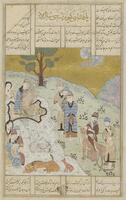
Iranian (Iranian)
Gaiumart the First Shah, from the Shahnama of Firdausi
1455 – 1465
Museum Purchase
1963/1.40
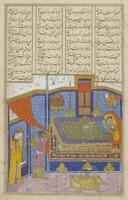
Iranian (Iranian)
Tahmina Comes to Rustam, from the Shahnama of Firdausi
1455 – 1465
Museum Purchase
1963/1.46
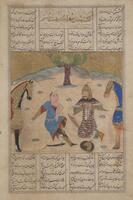
Iranian (Iranian)
Rustam Slays Suhrab, from the Shahnama of Firdausi
1455 – 1465
Museum Purchase
1963/1.47
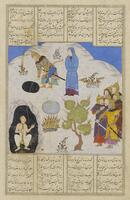
Iranian (Iranian)
Rustam Takes Bijan out of the Pit, from the Shahnama of Firdausi
1455 – 1465
Museum Purchase
1963/1.54
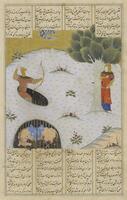
Iranian (Iranian)
Rustam Slays Shaghad and Dies, from the Shahnama of Firdausi
1455 – 1465
Museum Purchase
1963/1.63
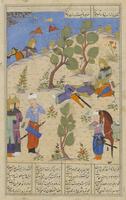
Iranian (Iranian)
The Death of Dara, from the Shahnama of Firdausi
1455 – 1465
Museum Purchase
1963/1.64
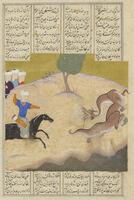
Iranian (Iranian)
Bahram Gur Slays a Dragon, from the Shahnama of Firdausi
1455 – 1465
Museum Purchase
1963/1.70
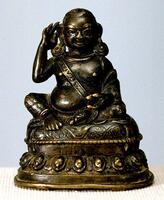
Gift of Dr. and Mrs. Leo S. Figiel and Dr. and Mrs. Steven J. Figiel
1981/2.56
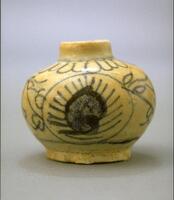
Kiln Unknown, Vietnam
Blue-and-white miniature jar with stylized floral design
1200 – 1499
Gift of the William T. and Dora G. Hunter Collection
2002/2.18
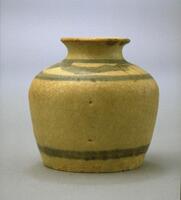
Kiln Unknown, Vietnam
Blue-and-white storage jar
1200 – 1499
Gift of the William T. and Dora G. Hunter Collection
2002/2.21
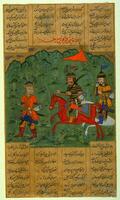
Iranian (Iranian)
Faramurz taken Prisoner, Shah-nameh of Ferdowski
17th century
Gift of Dr. Richard Ettinghausen presented in honor of Professor Oleg Grabar
1965/1.180
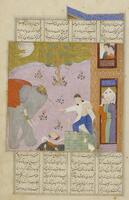
Iranian (Iranian)
Rustam Slays the White Elephant, from the Shahnama of Firdausi
1455 – 1465
Museum Purchase
1963/1.44
Loading…
